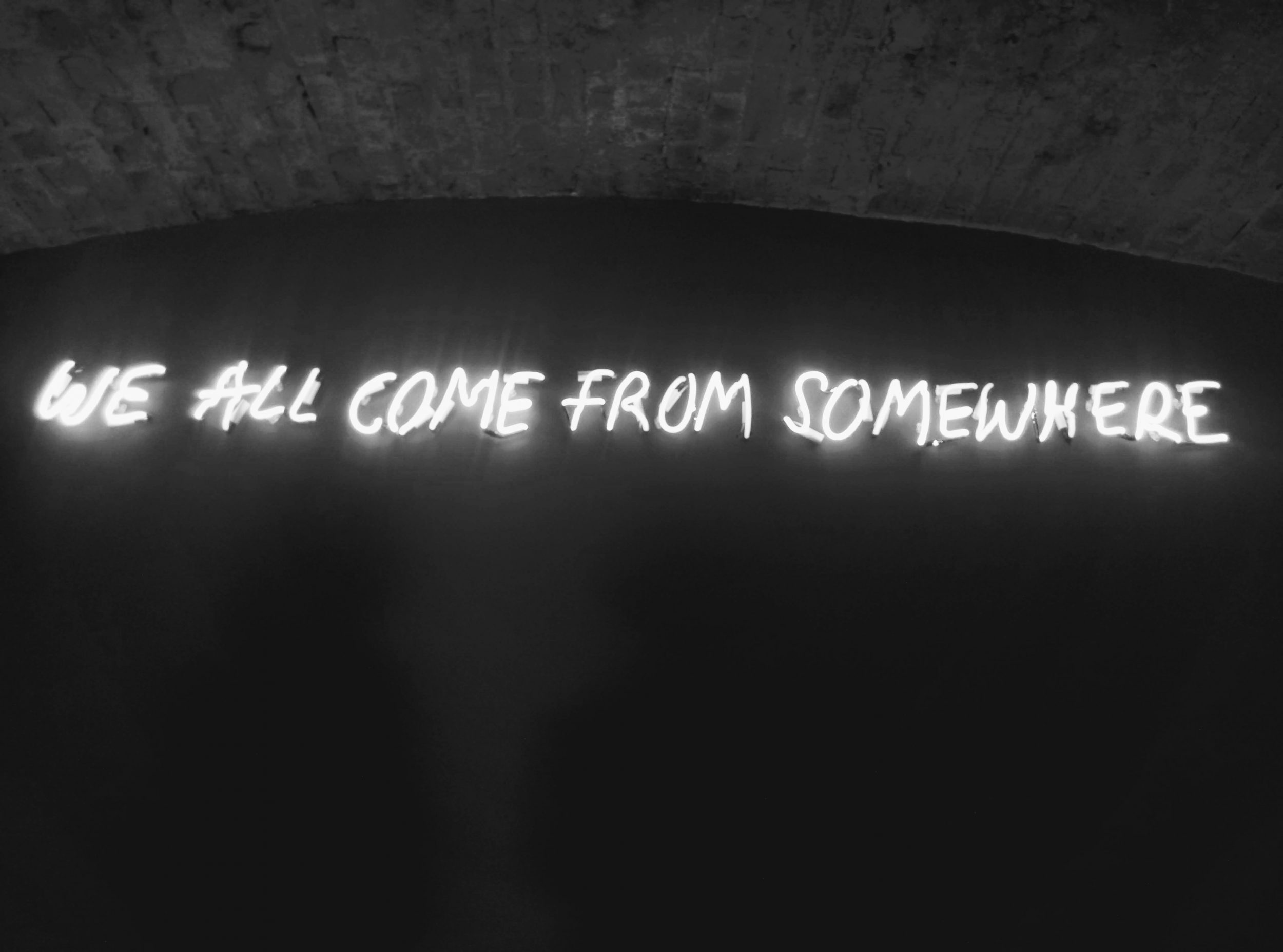Existentialism in the (Post-) Digital Era by Charles Melvin Ess
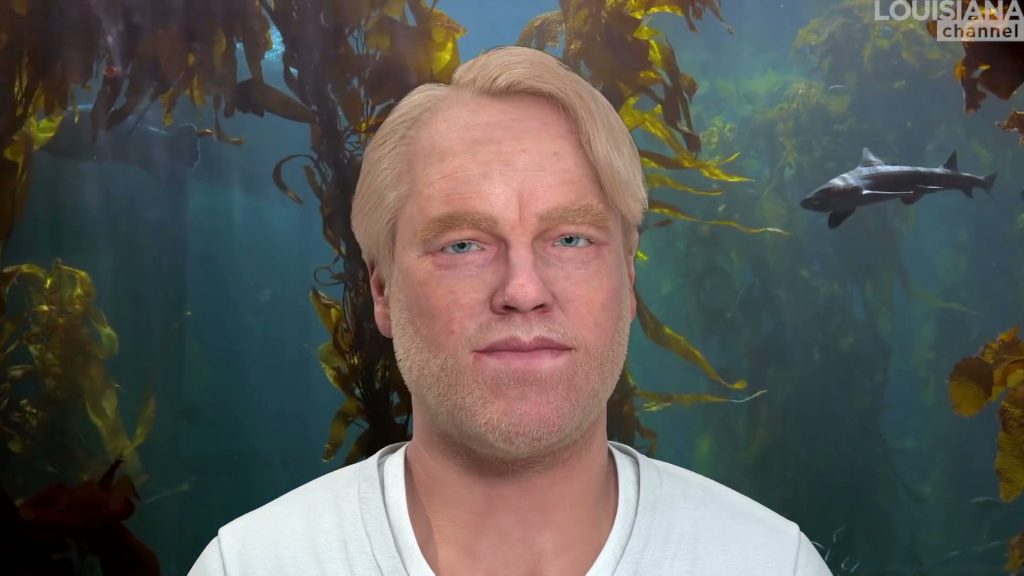
Existentialism builds from the motto, “existence precedes essence” and starts from “the ground up,” of highly variable contexts and our subjective experiences as embodied and emotive beings[i].
We all know in some abstract way that we shall die someday: but we usually do not always know this in a strongly embodied and emotive way. Rather, for most of us, realizing our own mortality may come only in experiencing the death of someone close to us. For existentialists, experiences of love, sympathy, loss and gratitude are necessary to taking responsibility and meaning for our lives and brings newly intense feelings of pleasure and joy.
Cécile B. Evans’, Hyperlinks or It Didn’t Happen, Still from Louisana Channel, Cécile B. Evans interview: The Virtual is Real. Web Source
The digital era has been defined by assumptions and goals that work directly against such existential awareness. Canadian-American sci-fi writer William Gibson inaugurated early enthusiasm for a “bodiless exultation in cyberspace.”[ii] This exultation was sought in early 1990s’, through forms of virtual reality and virtual communities – or in a digital immortality to be achieved by uploading our consciousness into computer systems that promise to sustain our disembodied minds forever. Early enthusiasms were soon countered by evidence that, for the most part, our senses of identity, as anchored in our individual bodies, were experienced as deeply interwoven with our online engagements. Nonetheless, Transhumanist dreams of digital immortality linger on. It is no surprise that the existential project is largely absent in the first two decades of the internet (c. 1990-2010), and is in keeping with a modern belief that technology will keep death at bay and human essence can be reduced to dis-embodied reason.[iii]
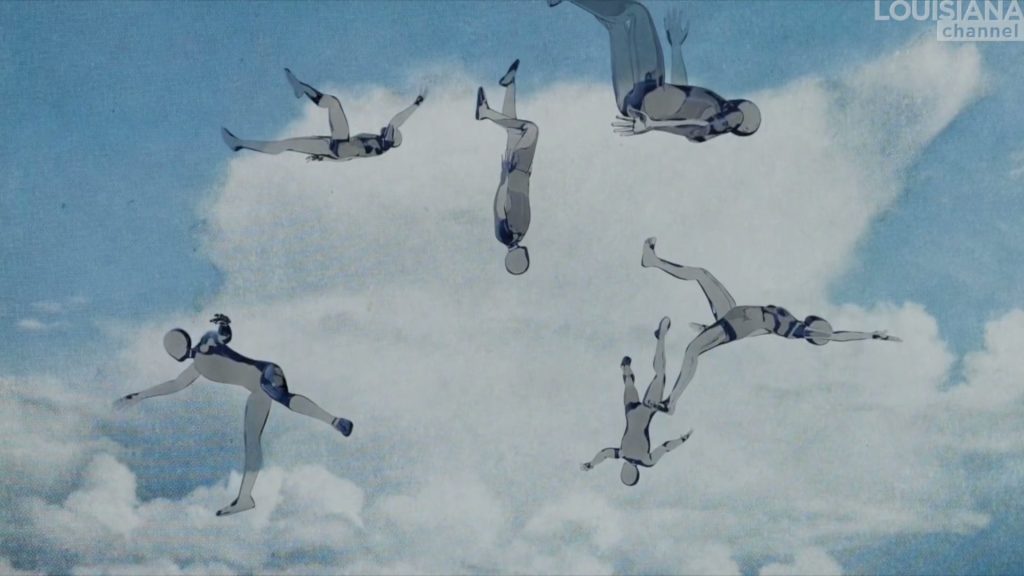
Existential dimensions of the digital era
Networked communication technologies have brought many first-hand experiences of what it means to be a relational self. A Western modern sense of self, that is, emphasizes selfhood as primarily individual – a kind of psychic atom for whom relationships with others are optional, accidental, if not a direct threat. “The rugged individual,” “the self-made man,” exemplify such conceptions of individual freedom and rights to privacy, freedom of expression, and affiliated democratic processes and norms. On the other hand, this individual selfhood can become an egoism that is resistant, if not hostile to ideas of a public good and shared obligations towards one another, and so on.
By contrast, the purely relational self knows itself as nothing more than its multiple relationships – with friends, family, the larger community and society, and the larger natural and super-natural orders. These relationships, moreover, are strongly affective, and entail felt obligations to and dependencies upon others. As Martin Buber made clear, the “I” is not somehow an atom that exists prior to taking up relationship with another. Rather, our sense of “I” or selfhood only emerges through and within relationships with another, a “Thou.”[iv]
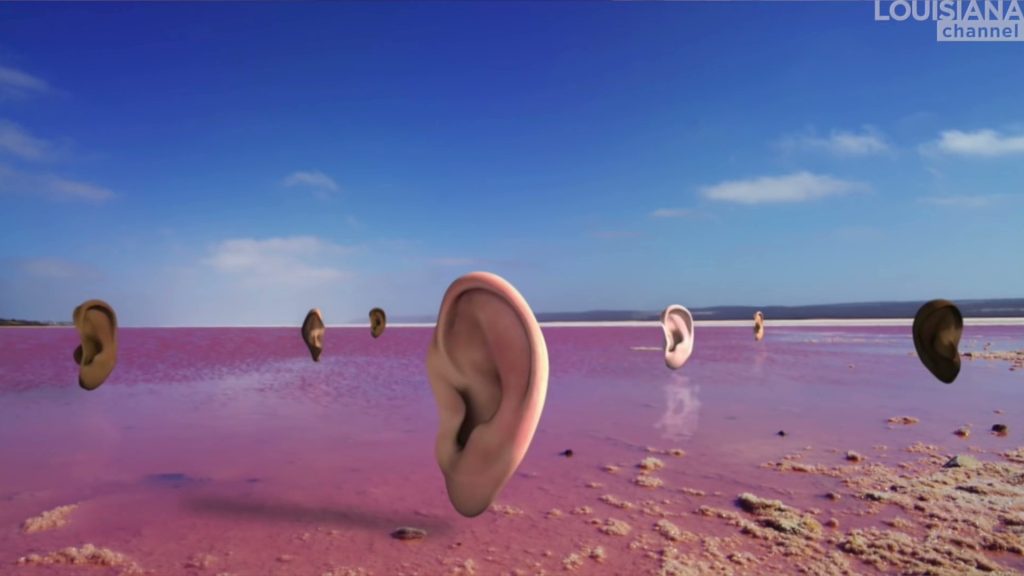
Social media and social networking sites are machineries designed precisely to facilitate and reinforce such relational selves. These web based media and sites open up unparalleled opportunities for creating and sustaining a near-infinite array of social relationships, a type of coexistence with others that opens up our possibilities of “seeking meaning communally.”[v]
Moreover, the complex internet machineries of relationality – such as constant updates, “push” notifications that intrude across our screens or alarm us with beeps and whistles on the mobile in our pocket, and the general social and business pressures to “brand ourselves online” – all of this can feel akin to a form of electronic slavery.
Amanda Lagerkvist describes how this relationality is akin to being “thrown into our digital human existence”: without any real choice in the matter, where we are caught in a dramatically unpredictable environment that render us vulnerable and dependent in countless ways – both individually and collectively. The toxic sides of our digital connected lives range from the irritating to the life-threatening: from unwanted trolls to anonymous death threats, revenge porn, ransomware attacks, or collective catastrophes such as fake news, mass surveillance, and multiple forms of cyberterrorism and cyberwarfare. In such situations, our everyday security is threatened, forcing us to experience our limits as vulnerable and ultimately mortal beings.
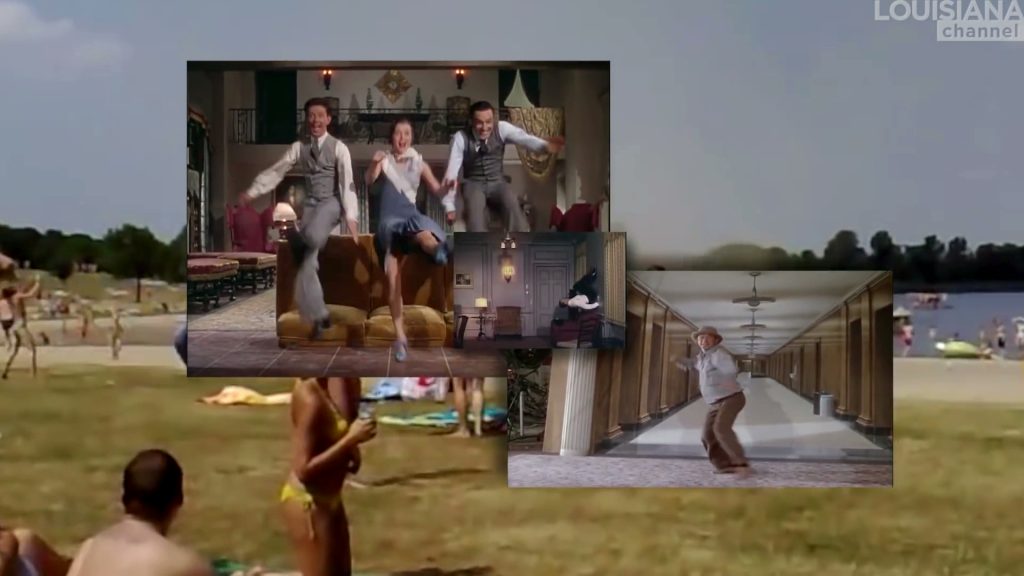
Art, ethics, and virtues in a technological era
Modern existentialists, beginning with Søren Kierkegaard and then Friedrich Nietzsche, build on the recognition that these quasi-universal but highly subjective experiences and realizations require art and the aesthetic – both as primary forms of expression and as primary sources of creativity and insight needed for coming to grips with our felt recognition of mortality.
In his Gay Science, Nietzsche famously announces that “God is dead,” and the consequence – a culture-wide nihilism. To move beyond such nihilism, Nietzsche’s primary recommendation is that we must all become artists. For Nietzsche, this project of creating ourselves conjoins both art and ethics: a core component of our response to the death of God, and thereby the loss of a compelling but externally imposed ethics. In the 20th century, Hannah Arendt further enhanced the existential emphasis on creativity with her concept of natality, our primal capacity to create and sustain new life in the face of death – and thereby open up new beginnings and possibilities for human existence.[vi]*
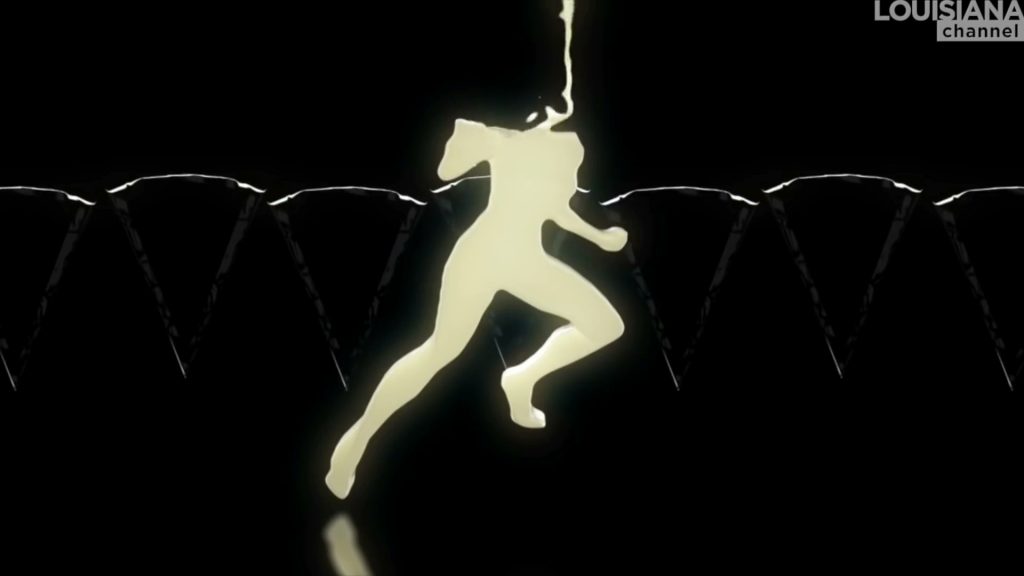
Contemporary digital technologies help facilitate such creativity and natality in numerous ways. ASCII art and its graphic pictures were primary aesthetic expressions in the earliest days of text-based internet exchanges. Contemporary technologies offer a staggering array of aesthetic creation and expression – “broadcasting ourselves” as artists, whether through blogs, photos on Instagram or videos on YouTube, and so on. While such internet based media foregrounds the emotive and the sharing of our emotions, they yet signify the very earliest stages of developing digital technologies in existential directions.
For Nietzsche, to foreground art is to foreground ethics – beginning precisely with such core notions as taking responsibility for our own lives and for others. Resonant with Nietzsche, the contemporary philosopher of technology, Shannon Vallor, argues that in our day, virtue ethics is especially well suited to our existential contexts, challenges, and opportunities.[vii] Most simply, virtue ethics aims to foster good lives of contentment and flourishing. To do so requires us to acquire and cultivate the skills and abilities – virtues – necessary to both human communication generally and to our most important relationships, with friends, family, intimate partners and social groups foster precisely deep experiences of individual and collective harmony, fulfilment, and contentment. Vallor has shown how virtues such as patience, perseverance, empathy, and, indeed, loving itself are essential to such relationships and contentment – and all the more so in the digital era.
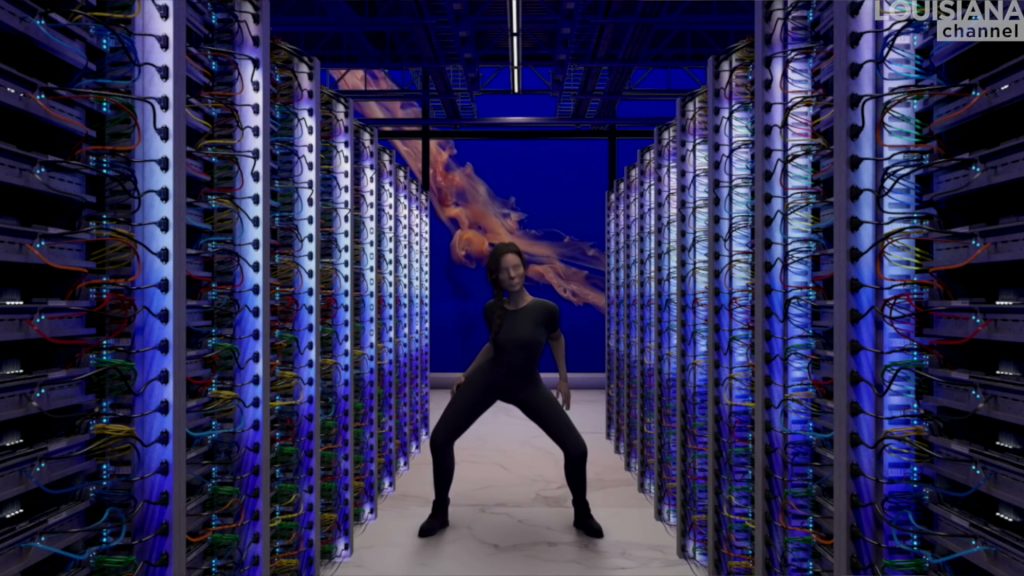
Vallor also finds that much in our contemporary technological environments offers us great convenience and new possibilities for flourishing – but often at the risk of an ethical de-skilling. It is easy to tune out, even “defriend,” an online interlocutor whose communication demands patience, perseverance, empathy, perhaps even love to endure. This might be justified in some cases, though risks us practicing precisely the virtues that are necessary for building our most significant and rewarding human relationships. Worst-case: the less we practice such virtues, the more we resemble our machineries. These risks are all the more pernicious because they are not as obvious to being trolled or threatened by malware, mass surveillance, and so on. The upshot is that if we wish to sustain, if not expand these primary virtues and human capacities in a digital era, we must be all the more vigilante and accountable.
This heightened awareness of the risks and opportunities of our technological era is precisely integral to what Vallor characterizes as an existential project in response to the “crisis of meaning” as analyzed by the Spanish philosopher José Ortega y Gasset. In understanding technology as central to our existential project, the “the mission of technology,” he writes, “consists in releasing man for the task of being himself.”[viii]
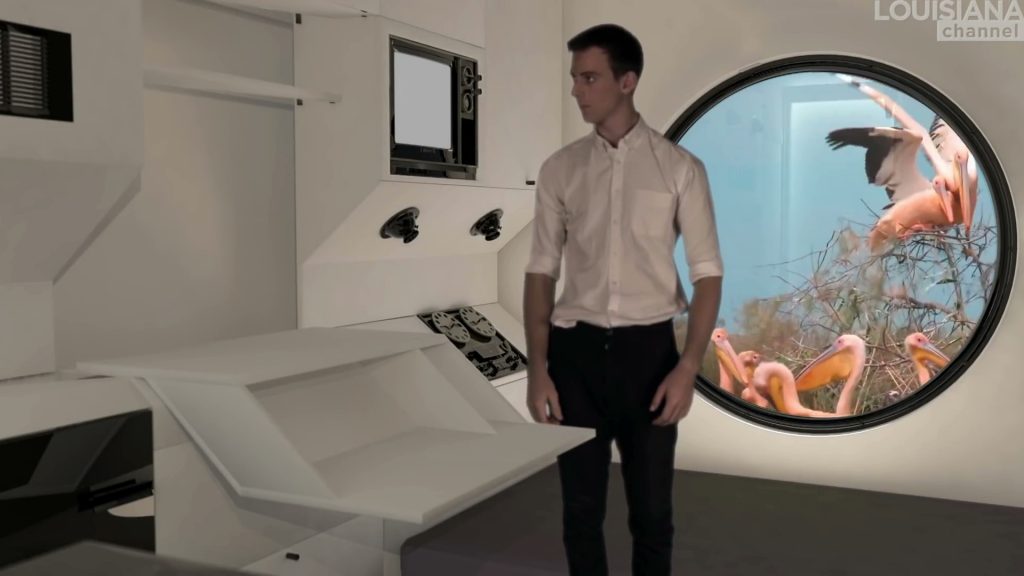
The in-betweens of contemporary existence
Existentialism as a cultural phenomenon emerged in response to the horrors of World War II; further driven by Cold War threats of nuclear holocaust; growing awareness of environmental degradation; the atrocities of racism and the Vietnam conflict, and now the sixth Great Extinction of life on our planet. Questions as to whether digital technologies are, on balance, more beneficent or destructive are fiercely debated. While facilitating staggering new possibilities for communication and creativity, networked communication technologies have also catalyzed unprecedented privacy rows and dangers. The latest starkest examples include those exposed by The Facebook–Cambridge Analytica data scandal*, cyberterrorism, cyberwarfare, and ongoing mass surveillance by governments and tech giant corporations that own our data – and thereby our digital lives and communities.
Beyond such threats and risks of ethical deskilling, perhaps the greatest danger is our primary uses of the internet itself. Aptly described as a “weapon of mass distraction,” internet life offers a near-infinite array of entertainments that, largely by corporate design, far more facilitate convenience and consumption than the contemplative, sometimes anguishing, work of existential reflection, natality, and creativity. The extraordinary opportunities to pursue our existential projects – and their facilities for natality and aesthetic creativity – are thus in tension with the thousand ways in which these technologies rather incline us towards entertainment as diversion and distraction.
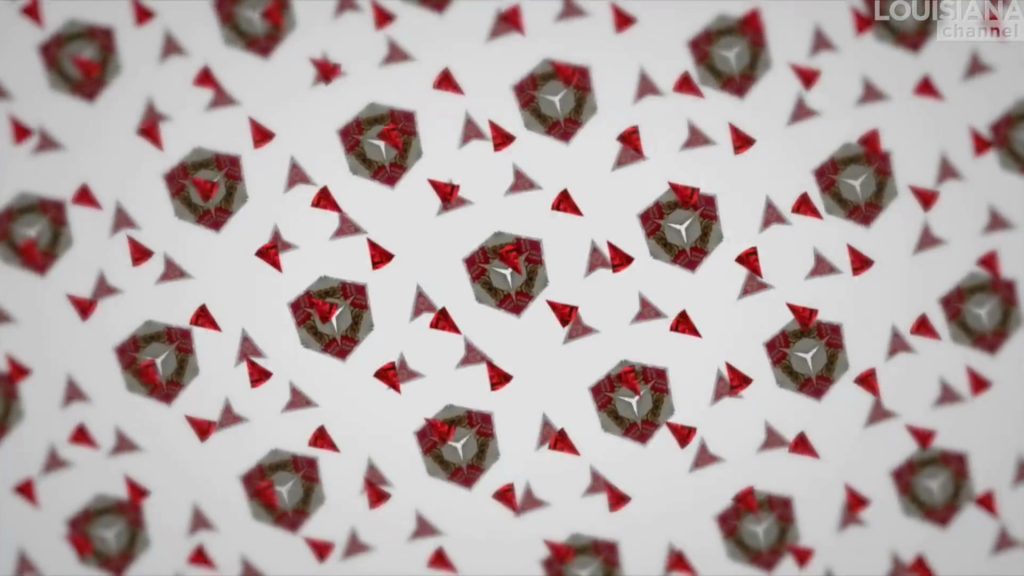
Without question enthusiastic digital natives will continue to take up new forms of digital technologies and so remain central to our contemporary existence. At the same time people are turning away from an exclusively digital existence. Researchers are now characterizing our age as a post-digital or post internet era. One in which “the digital” is increasingly balanced with greater engagement and desire for analogue technologies and physical embodied experiences.[ix] In all of this, compelling works of art – online, offline and all mixtures in between remain central as primary sites for our experiences of vulnerability, risk, and thereby open new possibilities of meaning-making and creation. Either way, living in between a digital / post digital existence, we confront unparalleled risks and promising new possibilities.
Acknowledgements
Adapted from the original essay published in [In Lærke Rydal Jørgensen (ed.), Being There [exhibition catalog], 166-173. Copenhagen: Louisiana Museum of Modern Art.
Notes
[i] Historically, philosophical, religious frameworks sought to define a universal concept of the essence of “the human.” Key existential themes of mortality, felt responsibility to others, and gratitude for human joys of loving relationships and (moderate) pleasures are as old as The Epic of Gilgamesh (c. 2100 B.C.E.) and extend through ancient Greek and sacred texts for Jews and Christians. These texts all invoke the emotive and the aesthetic and are as much narratives as they are arguments.
[ii] William Gibson, Neuromancer, New York: Ace, 1984, p 6.
[iii] A prime example in modernity is Cartesian rationalism defined our human essence as disembodied reason. For example, Google announced a project in 2012 to “solve death”: and Google’s chief technologist, Ray Kurzweil, is known for developing a “transhumanism” that aims to realize digital immortality through sophisticated artificial intelligence (AI) and robotic technologies.
[iv] Martin Buber, I and Thou, New York: Charles Scribner’s Sons, 1937.
[v] Amanda Lagerkvist, Existential media: Toward a theorization of digital thrownness, in: new media and society 19 (1): 96–110, p. 102.
[vi] Hannah Arendt introduces “natality” as a conceptual moment when one is born into the political as the sphere where acting together can create the truly unexpected and where we are born again. See Hannah Arendt, Active Life: The Human Condition, 1958.
[vii] Shannon Vallor, Technology and the Virtues: A Philosophical Guide to a Future Worth Wanting. Oxford: Oxford University Press, 2016.
[viii] José Ortega y Gasset, Toward a Philosophy of History, trans. Helene Weyl, Urbana and Chicago: University of Illinois Press., 2002, p. 118, cited in Vallor 2016, p. 247.
[ix] Simon Lindgren, Digital Media and Society, London: Sage, 2017.
About Author
Charles Melvin Ess is Professor in Department of Media and Communication at UiO University of Oslo, Norway. He researches, publishes, and teaches at the intersections of philosophy, computational technologies, applied ethics, comparative philosophy and religion, and media studies, with particular focus on: research ethics, Digital Religion, and virtue ethics in media and communication, specifically social robots. A recent publication – “What’s Love Got to Do with It? Robots, sexuality, and the arts of being human,” (in M. Nørskov (ed.), Social Robots: Boundaries, Potential, Challenges, 57-79, Ashgate, 2016) – summarizes some 30 years of work on enduring distinctions between what human beings and AI/robots are capable of, highlighting the role of real emotions and virtues as defining human friendship, love, and being human in digital and post-digital democratic societies.
This essay is part of the IMMA The Edit #002: post digital e/Affect edited by Sophie Byrne. Read Editors Welcome – here. Also see the other articles featured by Rebecca O’ Dwyer and Jessica Foley.
Further reading and other material suggested by the Editor to accompany this piece: To read more about existential dimensions of grief, death and mortality experience on and offline can be found in Astrid Linnea Løland Hovde (2016), Grief 2.0: Grieving in an Online World. MA thesis, Department of Media and Communication, University of Oslo, and: Ylva Hård af Segerstad, Dick Kasperowski (2015), Opportunities and Challenges of Studying Closed Communities Online: Digital Methods and Ethical Considerations. University of Gøteborg, Sweden.
Also see Claire Bishop’s text Digital Divides that outlines renewed interest in analogue technologies in main stream art systems.
Listen to a talk on transhumanism by Mark O’ Connell on IMMA’s soundcloud channel.
Categories
Further Reading
post digital e/AFFECT – Editors Welcome by Sophie Byrne
EDIT #002 by Sophie Byrne invites contributors to unravel some of the most pertinent issues to arise out the paradigm of the network. Recognised challenges and possibilities are set against the backdrop of D...
Obedient City, Smart City by Jessica Foley
Writer and researcher Jessica Foley, who works between worlds of art, network engineering and urban geography, plays with modes of art blogging and creative criticism in this piece for the IMMA Edit #002, us...
Thinking of the Network by Rebecca O’ Dwyer
For the IMMA Edit #002, Berlin based art critic Dr. Rebecca O' Dwyer points to how the ‘physicality’ of the network, or lack thereof, preoccupies the work of game changing artists.
